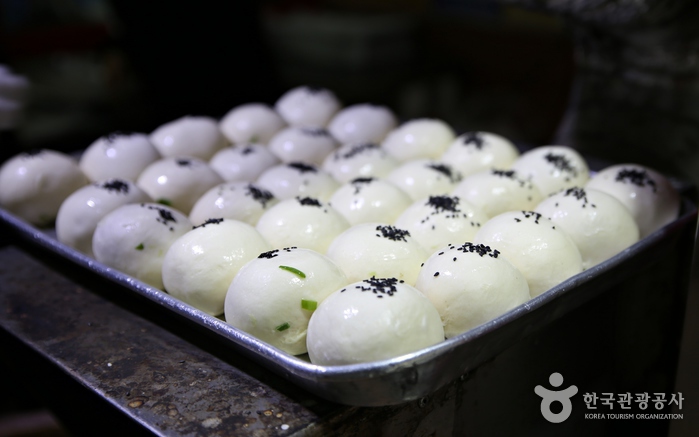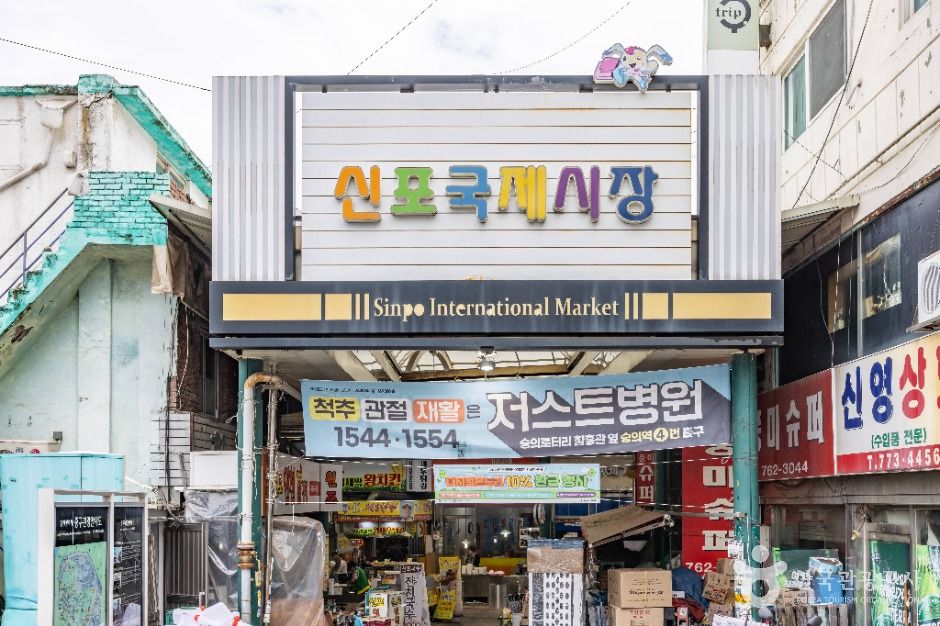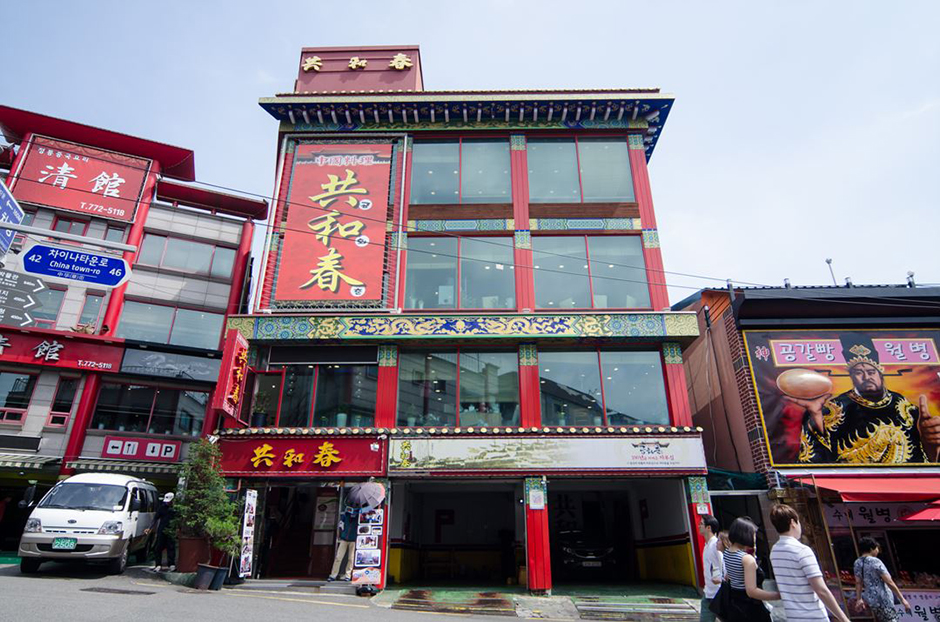Nike - Sinpo Main Branch [Tax Refund Shop] (나이키 신포본점)
6.0Km 2024-04-22
27, Gaehang-ro, Jung-gu, Incheon
-
Simnihyang (십리향)
6.0Km 2024-02-16
50-2 Chinatown-ro, Jung-gu, Incheon
Simnihyang is a Chinese restaurant in Incheon Chinatown, renowned for its specialty in hwadeok mandu (oven-baked mandu). The restaurant's name suggests that the aroma of its mandu spreads up to 10 Ri (approximately 4 km, pronounced 'simni' in Korean) away. Its signature dish, hwadeok mandu, consists of mandus filled with pork, vegetables, and seasoning, baked in an oven at temperatures above 350 degrees. This preparation ensures the mandu is crispy on the outside and juicy on the inside. Additionally, the restaurant offers various other fillings, including sweet potatoes, pumpkin, and red beans.
Sinseung Banjeom (신승반점)
6.1Km 2024-12-19
인천광역시 중구 차이나타운로44번길 31-3
This restaurant, run by the granddaughter of Gonghwachun’s founder Woo Hee-gwang, is best known for its signature yuni-jjajang—a sweet, savory sauce made with minced meat and vegetables, served separately from the noodles, similar to ganjjajang, and topped with a sunny-side-up fried egg. Other popular dishes include the chewy chapssal tangsuyuk (deep-fried pork in a sweet rice batter with sweet and sour sauce) and the samseon haemul nurungjitang (a three-delicacy sizzling rice soup with seafood).4
Dabichiangyeong - Sinpo Munhwa Branch [Tax Refund Shop] (다비치안경 신포문화)
6.1Km 2024-04-22
44, Uhyeon-ro, Jung-gu, Incheon
-
Sinpo International Market (신포국제시장)
6.1Km 2025-10-23
11-5 Uhyeon-ro 49beon-gil, Jung-gu, Incheon
+82-32-772-5812
Located in Sinpo-dong, Incheon, Sinpo Market dates back to the late 19th century when vendors began selling fresh vegetables to the Japanese, Chinese, and Westerners who settled in the area. Sinpo Market was officially registered as a market in 1970 and now boasts over 140 stores.
An increasing number of tourists and international merchants have visited Incheon by ferries and cruise ships, turning the local market into an international shopping area over the past few decades. The information desk and office at the market even provide a variety of services (translation services, trade and shopping information, etc.) for tourists and merchants from home and abroad.
The most famous item of the market is dakgangjeong, a Korean dish of crispy fried chicken coated in a sweet and spicy sauce. Other popular dishes include yuni jjajang, egg tart, freshwater fish jeon, mandu, and jjolmyeon (chewy noodles).
Wolmi Sea Train (월미바다열차)
6.1Km 2024-04-21
269 Jemullyang-ro, Jung-gu, Incheon
Wolmi Sea Train is Korea's longest urban tourist monorail, stretching over 6.1 kilometers. The train travels at an average speed of 9 kilometers per hour, taking 42 minutes to complete one loop around Wolmido. The tracks are located between 7 and 18 meters off the ground, offering a view over all Wolmido has to offer. The views out over the sea are especially beautiful at sunset.
Discovery - Sinpo Munhwa Branch [Tax Refund Shop] (디스커버리 신포문화)
6.1Km 2024-04-17
39, Gaehang-ro, Jung-gu, Incheon
-
Gonghwachun (공화춘)
6.1Km 2024-01-04
43 Chinatown-ro, Jung-gu, Incheon
Gonghwachun, one of the Chinese restaurants in Chinatown, opened in 1905 and is famous as the birthplace of jjajangmyeon. The original Gonghwachun building is currently used as Jjajangmyeon Museum, and the current Gonghwachun main branch operates in a building that was founded in 2004. Among the various menus, Gonghwachun Jjajangmyeon is a must-try. This signature menu serves the noodles and the black bean sauce separately. The sauce contains a various ingredients cut in large bite-sized pieces, making it even more delicious. It also offers various course menu options, including lunch, couple, and family courses.
Fila - Sinpo Branch [Tax Refund Shop] (휠라 신포점)
6.1Km 2024-04-22
48-2, Gaehang-ro, Jung-gu, Incheon
-
![Nike - Sinpo Main Branch [Tax Refund Shop] (나이키 신포본점)](http://tong.visitkorea.or.kr/cms/resource/66/2882766_image2_1.jpg)



![Dabichiangyeong - Sinpo Munhwa Branch [Tax Refund Shop] (다비치안경 신포문화)](http://tong.visitkorea.or.kr/cms/resource/71/2882771_image2_1.jpg)

![Discovery - Sinpo Munhwa Branch [Tax Refund Shop] (디스커버리 신포문화)](http://tong.visitkorea.or.kr/cms/resource/68/2882768_image2_1.jpg)

 English
English
 한국어
한국어 日本語
日本語 中文(简体)
中文(简体) Deutsch
Deutsch Français
Français Español
Español Русский
Русский